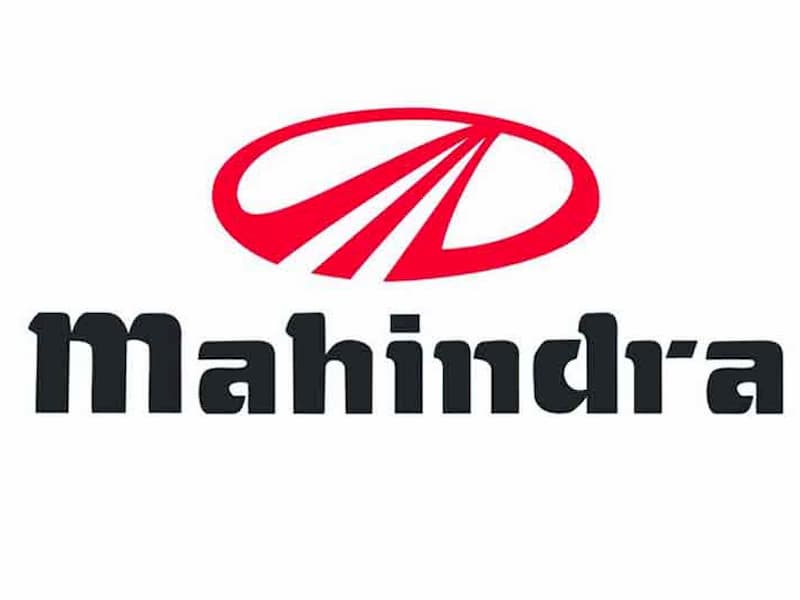Trade Mark
A Trade Mark means is a sign capable of distinguishing the goods or services of one person/company from those of others/company.
Trade Mark provides an identification of the source of
- Goods or its manufacturer.
- Services or its provider.
to distinguish the product or services from those of other.
In nutshell, Trade Mark is a “Badge” of Trade origin and used as a marketing tool so that customers/client can recognise the product/service of a particular manufacturer/trader/services provider. Trade Mark includes Device [Logo], Brand, Heading, Label, Name, Signature, Word, Letter, Numeral, Shape of Goods, Packaging or combination of colours or any combination thereof.
Types of Trademark with Examples
| Type | Example |
|---|---|
| Word mark | TATA |
| Device Mark |

|
| Shape of Goods |

|
| Sound Mark | MGM Entertainment |
“All trademarks used above are trade mark registered trademarks or trade name of their repetitive holder. GJA is in no way associated with them.”
What is a well-know Trade Mark?
A mark which has become so to the substantial segment of the public which uses such goods or receive services such that the use of such mark in relation to other goods or services would be likely to be taken as indicating a connection in the course of trade or rendering of services between those goods or services and a person using the mark in relation to the first-mentioned goods or services.
For Examples: Tata, Godrej, Nike, Rolls Royce, Coca Cola.
Click here for the list of Well-known trademarks
Guidelines for Well-Known Mark Application – Click Here
How to select Trademark?
- To be registered, a trademark must be:
- Distinctive for the goods and services.
- Not identical or similar to any earlier marks for the same or similar goods and services.
- Non-descriptive
- Not contrary to law or morality
- If it is a word it should be easy to speak, spell and remember.
- The best Trademarks are Invented words or Coined words
- Avoid selection of a geographical name.
- Avoid adopting laudatory word or words that describe the quality of goods (such as Best, Perfect, Super etc).
E-Book on “How to Develop the Perfect Name for Just About Anything”
8 Essential Steps to Overcome Creative Block and Confidently Choose the Right Name
Naming is hard. There are many unexpected challenges. Often people spend weeks or months trying to come up with a name before they seek help and guidance. By reading this ebook, you will learn the process we’ve used to deliver more than 8000 winning names. You will understand how to confidently develop a great name for just about anything!
Link of for downloading e-book:
http://www.squadhelp.com/myebook/7638976
How to Protect Trade Mark?
Trademark protection can be obtained through registration, by way of filing an application for registration with the Trademark office and paying the required fees. International Application, you have two options: (a) You can file a trademark Application with the trademark office specific country in which you are seeking protection, or (b) you can file Madrid Application through WIPO.
B. Identification of Classes for Register of Trademarks.
The goods and services are classified as per the International classification. The Fourth Schedule of the Trade Marks Rules, 2002 provides a list of such goods and services falling in different classes. Class 1 to 34 [Goods] and Class 35 to Class 45 [Services] E.g Chemical is falls under class 1, Spices falls under class 3, Financial Services covered under class 36, Restaurant services included in class 43.
ADMINISTRATIVE STEPS INVOLVED IN REGISTERATION OF TRADE MARK
Very briefly, an application for registration of trade marks can be filed either online or offline. The offline application can be filed before the IP Head office at Mumbai or its other branches at Delhi, Kolkata, Chennai and Ahmedabad, according to territorial jurisdiction in which the Applicant having its principal place of business. Upon receipt of Applications, the Registrar of Trade Mark examine the same mainly with regard to the distinctiveness, possibility of deceptiveness and conflicting trade marks. Normally, it takes around two to three months from the date of filing the application. The IP office aim to reduce this further. Upon issuance of the examination report, the application either Accept or Object. The applicant will get an opportunity to remove the objection by filing written submission [Reply to Examination Report] along with documentary evidence of use or distinctiveness. The Registrar of Trade Mark will consider the written statement and evidence of use or distinctiveness and decides whether the application should be accepted for registration or not. If not accepted then another opportunity for removal objection is given by way of personal hearing [TLA Hearing]; and if accepted then the application will be published in the official gazette i.e. Trade Marks Journal. Within a prescribed period of four months any aggrieved person can file an opposition against the application. Opposition proceeding is like a civil suit wherein both side will submit their written submission and evidence followed by hearing. Any decision of the Trade Mark Office can be appealed before the Intellectual Property Appellate Board (IPAB). Normally, the registration of trade mark takes around eight to nine months from the date of filing the application provided no objection(s) and/or opposition(s) are filed against the application.
Trademark Registration Flowchart
Validity for Trade Mark Registration
Trade Mark is Valid for 10 years. You can renew the same every 10 year as long as you wish.
